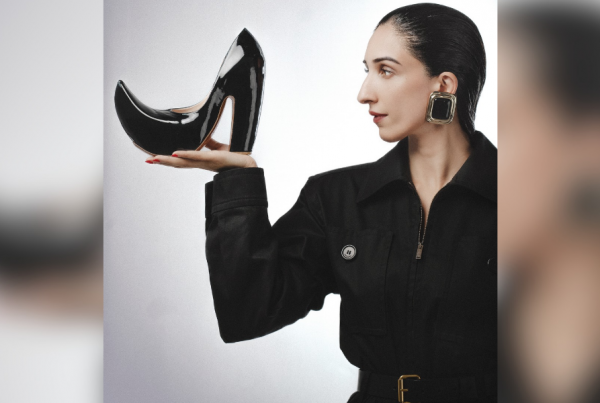Are fashion graduates equipped with tools necessary for them to survive in a competitive environment?

Generation Next at PIFD: fashion students with a penchant for style make fashion ever more interesting.
Students walked in, skirting their way past the front row of the classroom, finding a comfortable and well-shielded spot at the very back of the class.
Shy. Under-confident. Wary. Eager. These few words best described the students at various premium fashion schools in Karachi and Lahore where I have been in close contact with students whether conducting seminars of my Fashion Media workshop or serving as judge or juror. Those of us who have been in the fashion business long enough know that these descriptions don’t last long. As soon as students become designers or fashion professionals, most of them become bold to the extent of being over-bearing, over-confident and self-centered to say the least. They begin demanding a seat in the front row instead of humbly walking past one.
Until then, the path they take from student to professional is so terribly important; it leads them either to success or it leads them astray. For most students the latter is usually a likelier option.
Lack of awareness and information pays a huge role in leading them astray. Because while schools are busy imparting technical skills: the intricacies of pattern making, moods boards, draping and cutting etc, what they are forgetting to tell them is that real life is going to be a bit more complicated once they graduate. The words retail, buyer and media, for example, were quite alien to most fashion students, I learnt. They could give me five different terms used for the word ‘puckering’ but very few knew where or how to apply for their first internship. Even fewer had basic awareness of fashion dynamics, like why the first organized fashion week in New York (1943) was called Press Week. When it came to the media, none of them knew who Suzy Menkes was.
“We don’t get time to read,†they made excuses for their lack of information. “For the past six months we’ve been busy putting our thesis together and that has taken up all our time.â€
That came from one graduating class while another seemingly even less informed group explained that the ‘ball gown’ was a “gown that is shaped like a ball.†They didn’t understand what a cocktail dress is and where it is worn; I didn’t understand the relevance of asking them to design a cocktail dress in the first place. One student insisted that red leatherite trousers paired with a white synthetic lace blouse was “day wearâ€. Shocking.
I’ve been working with fashion students across Pakistan for the past six months, whether through my workshop, seminars, on the jury to evaluate thesis collections or as a judge to evaluate how well fashion students understand the realms of reality versus fantasy in clothing and how it can be applied effectively to lawn. That, of course, was the Gul Ahmad contest for several fashion institutes nationwide.
And after six months, one thing has become frustratingly clear. A general sense of confusion prevails throughout fashion schools in Pakistan and it rises from the fact that their curricula are adapted from western criteria whereas the application of skills is predominantly local. Those of us who have seen student collections at fashion shows know that most students feel that the crazier, the more whimsical or senseless a creation the more creative and brilliant it will be considered. Students put their heart and soul into expressing the limits of their creativity in final year. Unfortunately it takes most of them years after they graduate to move beyond that ‘thesis collection’ mode.
Over the years ‘crazy’ has lost its creative connotation and has simply translated to ‘confused’. If only students could learn to apply their superior technical skills (and some of them are truly gifted) to something as simple as a storyline that adapts to the social and political climate of today. To put in into context is vital to push fashion beyond fantasy and into reality. They don’t understand that.
Fashion reality for them stems from the one skill they are confident of: surface embellishment. More than eighty per cent of the students I met declared that they were in fashion to become a bridal wear designer. In Lahore they quoted Nilofer Shahid as their icon.
Students are the future of fashion, surely trailblazers like Ali Xeeshan, Mohsin Ali, Akif Mehmood, Zaheer Abbas and Adnan Pardesy have proven as much. That fresh energy is being injected into fashion, thanks to recurring fashion weeks, is proof that Pakistani fashion has a future that is very bright. But to ensure the bright sparks don’t wash away like dying embers we must make the educational process more relevant and constructive. In this tug of war between reality and fantasy, we do not wish to see fashion evolve as a fairy tale in a bubble that can pop at the slightest of pricks.













